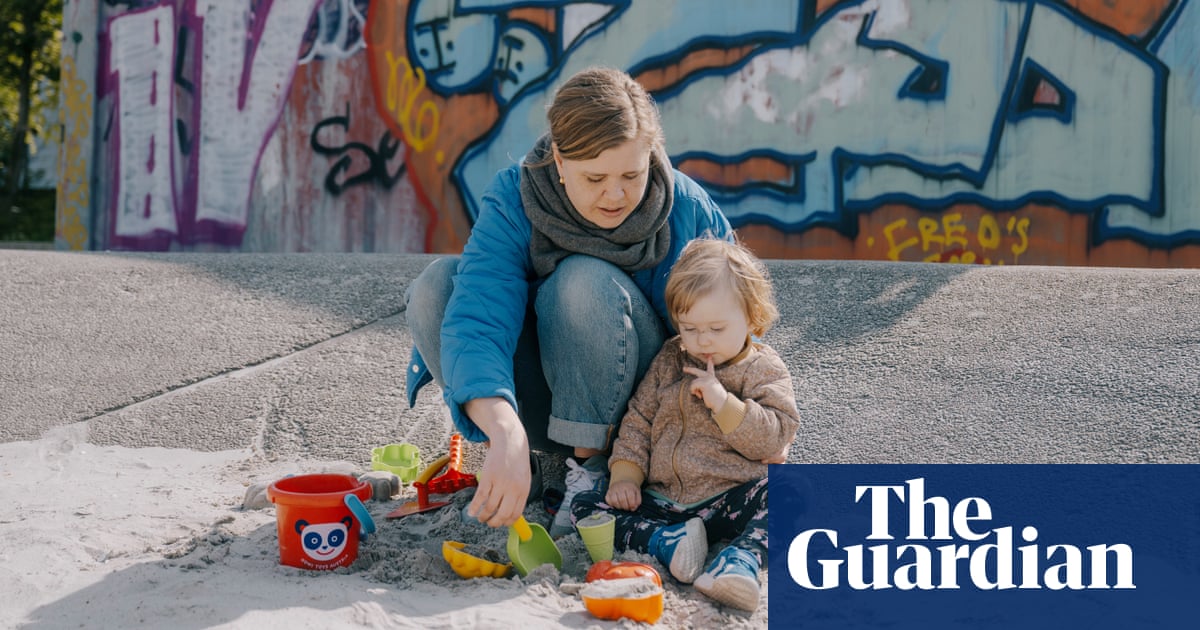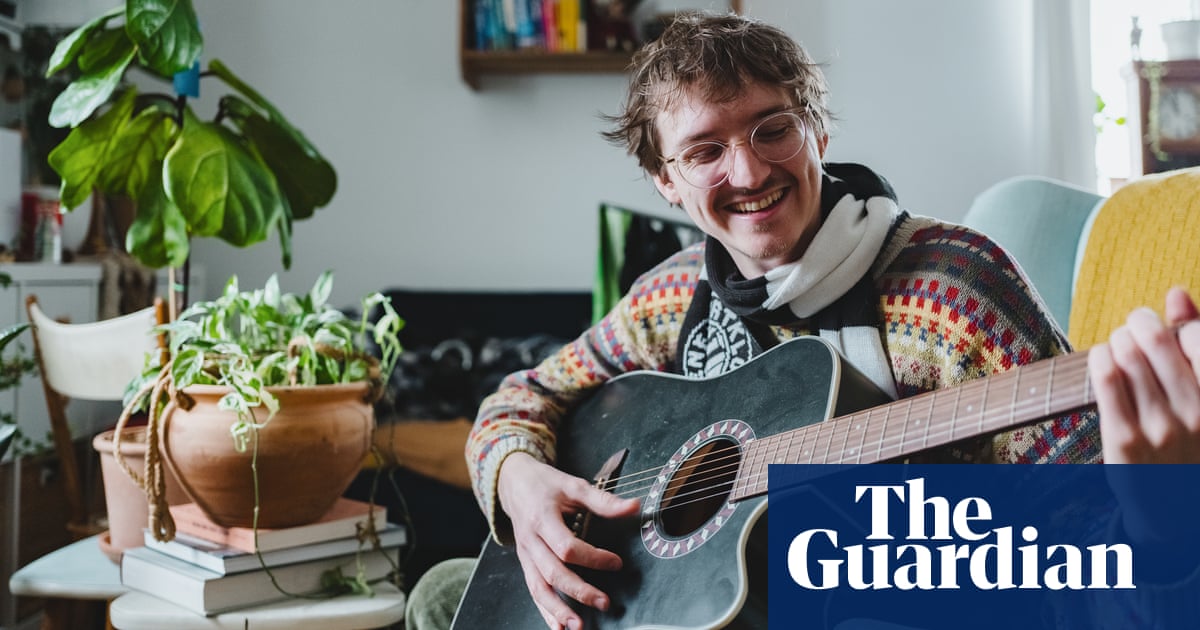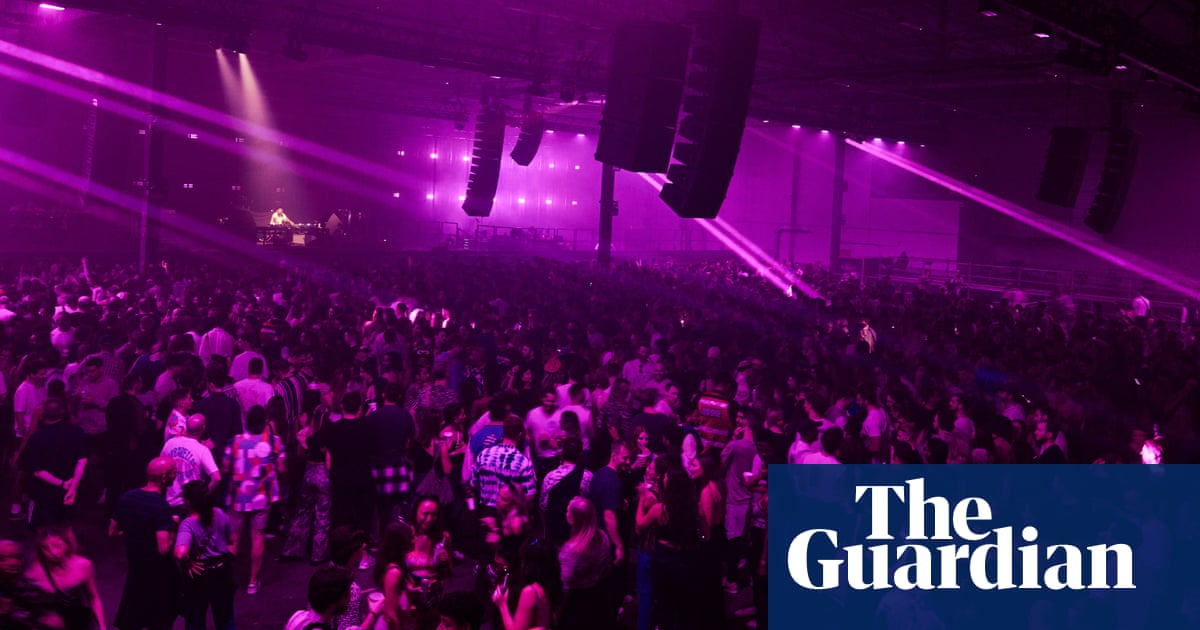
Over the years, Denmark has emerged as the good faith capital of the world. Nearly 74% of Danes believe “most people can be trusted” – more than any other nationality. On wider metrics, such as social trust (trusting a stranger) and civic trust (trusting authority), Denmark also scores highest in the world, with the other Nordic countries close behind.
The political scientist Gert Tinggaard Svendsen argues that trust accounts for 25% of Denmark’s otherwise inexplicable wealth. By his reckoning, a quarter of that wealth comes from physical capital (means of production and infrastructure), half comes from human capital (the population’s level of education and innovation), and the unexplained final quarter is trust: they don’t sue one another, they don’t waste money on burglar alarms, businesses often make binding verbal agreements without sweating the contract. People who hold power in Danish institutions – the government, police, judiciary, health services – are trusted to be acting in society’s best interests, and there is very little corruption.
Even the Danish official website calls it “the land of trust”, using unattended cloakrooms at the opera as an example. A better one I saw is the Red Cross charity shop in Copenhagen, which has a QR code on the door. If the shop’s closed, you can download the app, let yourself in, choose what you want and leave the money on the counter.
The cliche that’s gone global, of course, is that Danes are so trusting, they routinely leave their babies sleeping in prams outside cafes and restaurants. “Are you guys for real?” I ask Alma, 21, who’s working in a cafe in Copenhagen. “There are seriously babies out there, asleep?” She nods, smiling. She gets asked this by foreigners a lot. “Sure, why not? If a baby’s crying outside, people will pop their heads in and say: ‘Is this anyone’s baby?’”
Monica, 28, actually has her eight-month-old son inside with her, because he’s hungry. She grew up half in Denmark, half in the US, and is with a friend, Julie, 30, who is from the US. “Right now, there’s a pram thief on the loose,” Monica says, archly. “I read about it on Facebook. But I’d only lock it up if it was empty; a thief might want the pram, but they definitely don’t want the baby.” And she never feels a trace of anxiety? She gives this due consideration. “I sometimes worry that an old lady might take the cover off to say hello. I suppose my biggest fear for him is unwanted social interaction.” Julie would not, if she had one, leave her baby outside in the Bronx, for example, she says, but that’s not only because of the violent crime rate there (4,839 incidents for every 100,000 people; Denmark’s is about nine times less); it’s partly for fear she would be arrested for it, as one (Danish) woman was in the US in 1997.
Adults who trust each other not to steal babies go on to trust one another around older children playing unsupervised. This is partly thanks to what Jesse Shapins, an environmental urban entrepreneur who moved to Denmark from Colorado, calls “the block typology – a series of apartment buildings built around a common courtyard”. This style has a long history in Denmark, and its social benefits have been boosted over the past 30 years by a lot of municipal investment: tearing down concrete structures, planting trees, giving the public realm a shared, owned atmosphere so people treat and behave in it as they would their private homes. Shapins and his partner have lived all over the US and Europe, but they’re settled now in Copenhagen. “I’ve felt the greatest degree of freedom to allow my child to move and operate on her own,” he says. Shapins’s daughter is eight and has been cycling alone since the age of six. “The built environment is really important – there’s far less dependence on cars, and spaces that are dominated by cars. But I have to acknowledge the social trust.”
By the time Danish kids are 14, they can choose to send themselves to efterskole, which sounds like after-school but is actually boarding school, for between one and three years – you pay for board and materials, but it’s state-subsidised. This is the legacy of the 19th-century poet, pastor and politician NFS Grundtvig, who also established the folk high school (fee-paying, with scholarships available for low-income families), which Danes can go to for the six months before they start university. One-third of Danes choose to go and live in one of these kibbutz-style, intellectual communities, where urban meets rural, and social grades mingle. “You build your character, practise democracy, learn society,” says Lea Korsgaard, editor-in-chief and co-founder of the online newspaper Zetland (she went to a folk high school, and is now married to the principal of one). Korsgaard’s 14-year-old son, her eldest, is about to set off for efterskole. During Covid, when people sang together from their balconies, it was from the folk highschool songbook.
University comes round, and there are no tuition fees. You also get a grant of £693 a month; if you work part-time as well, you can make rent, which in Copenhagen is £450 to £600 a month for a room in a shared house – on the outskirts of the city, it would be more like £150. I ask my photographer, Valdemar Ren, who’s 27, what’s to stop people studying for ever. His response makes me laugh: “You’re only entitled to six years.”
We meet another 27-year-old, also called Valdemar, playing basketball on a lunch break with two friends, and trying, for reasons unknown, to get a photo of the ball flying through the basket. Valdemar is lying with his face, and his phone, directly under the hoop. “Are you not worried you’re going to get hit in the face?” I ask. “A little worried, but I trust him.” Are all you guys putting this on, I wonder. Of life in Copenhagen, he says: “You have the feeling that people have goodwill. I think it’s a top-down reaction. We have a system that supports, and that creates the baseline for our trust in each other.”
“Our welfare society, as a system, was a very ambitious idea 50 or 60 years ago, when it was on a high,” says Franciska Rosenkilde, leader of the progressive/green party The Alternative. This was founded in 2013 by Uffe Elbæk, who, before Brexit, I saw give a magisterial speech on how much you can tell about a society by whether or not, if a bike is lying knocked over on the pavement, people will pick it up. You could probably describe the whole story of trust in Denmark through its relationship with the bicycle: the faith people have that their children won’t come to harm; the fact that nobody really locks their bikes to anything – they just put a tinny wheel lock on and hope for the best; the bicycle’s “meaningful quality-of-life and sustainability benefits”, Shapins says, “which isn’t some altruistic thing. It’s because we’ve made it the easiest and cheapest way to get around the city.”
Anyway, back to the welfare state: “That was founded very much on mutual trust,” Rosenkilde says. Denmark has a universal model of welfare, which holds that all citizens have the right to certain fundamental benefits and services. In the UK and the US, we have a “residual model”: bare minimum benefits for the poorest and skeleton services for everyone but the richest. “I think the whole idea of people being as equal as possible is very much underpinning this trust,” Rosenkilde continues. “We have this connectedness because you don’t have a lot of people that are very poor or very rich.” Equality, Rosenkilde says, has decreased over the past three decades, as Denmark is caught up in the neoliberal drag of the globe: its Gini coefficient has crept up, but by that measure it’s still the sixth most equal country in the OECD.
“A nation is an imagined community,” Korsgaard says. “What does that mean? It means I’m able to think of myself as part of a community with someone I don’t know. And in order to do that, they have to look more or less like me. They cannot be super-different when it comes to class.”
But is it only class homogeneity that cements social bonds? Or does everyone also have to be roughly the same in other ways? “The factor you have to acknowledge in this trust topic that can get a little uncomfortable is that Denmark is a population of 5 million people. Until relatively recently, it’s been quite homogeneous, and a lot of Danes have quite entrenched bonds from a very early age.
“They all went to school together, which makes [forming] later bonds more of a challenge. The country has really wrestled with how to make sense of a Danish identity, and the availability of that identity to someone who was not born in Denmark.”
Bijoe, 50, and Kris, 29, are having a beer in the anarchic “free town” of Christiania, in the middle of Copenhagen. They’re both originally from Nepal. “Danish people aren’t racist at all,” Bijoe says, “but Danish policy is very racist.” The signal example is the so-called “ghetto list”, which started in 2010, and set a threshold of 50% migrants (first or second generation) who could live in an area, above which it classified as a “ghetto”, which triggered mass evictions and regeneration (the basketball court where Valdemar was playing is in Mjølnerparken, which was designated a ghetto in 2020, and is now, after evictions and regeneration, full of white guys playing basketball).
Korsgaard states this plainly: “We were so used to this idea of ourselves as a nation: we were Christian, we were white, we were equal, we spoke Danish.” The whole of this century has been racked by questions of inclusion and integration, and many Danes will frame the ghetto policy as a question of perspective: from one angle, no question, it looks unbelievably racist; from another, it’s trying to eradicate pockets of deprivation. The other criteria for a ghetto are above average jobless and crime rates and lower than average educational attainment. No one has ended up homeless as a result of this regeneration.
Does a commitment to equality have to mean an in-group and an out-group? “One should absolutely acknowledge the question mark over the next decades of Denmark’s evolution of trust,” Shapins says, “as you continue to have an evolution of migration and belonging.” Denmark has had, Korsgaard says, “a painful time in recent history, where we had to renegotiate, ‘OK, you can be part of this community, even though you’re not white, even though your birth language is not Danish,’ and luckily, I think that is more or less settled.”
Whatever that settlement is, it played out during the pandemic, during which Denmark had stay-at-home rules but no curfews, few anti-vaxxers, low political polarisation around the handling of Covid, scant misinformation and high “samfundssind” (community spirit). It was one of the only countries in the world where life expectancy went up in 2020. Many people see positives in the aftermath: restaurants and bars are fuller; Monica says the period of isolation has made people more sociable. There is a peculiar political hangover from the cull of mink, which affected a lot of mink (15 million) but not many farmers (about 1,000), yet has led to a rumbling conversation about democratic deficit. The decision to cull was taken in a matter of days, and sure, “Some of the mink had Covid,” basketball-Valdemar says, “but others should have had the benefit of the doubt.” This looks like a country that, for all its difficult and ongoing conversations about belonging, is making it work.
Trying to get to the bottom of those embedded friendships, I ask Valdemar (the photographer) whether everyone really knew each other from school. “No, no, of course not,” he says, breaking off to say “hello” to a guy walking past. “How do you know him?” I ask. “Don’t you know him?” he says. “Duh, no, why would I?” “He’s Stephen Kinnock’s son.” Kinnock is, of course, married to Helle Thorning-Schmidt, the social democratic prime minister of Denmark from 2011 to 2015. “But how did you meet?” I press on. “We were at school together.”
Valdemar is the son of a Romanian immigrant father, who has done a lot of jobs, and a Danish-Swedish teacher mother. He was at state school with the son of the prime minister. This really is the most unbelievably equal country, and while trust is a constantly negotiated state, that appears to be a good place to start.












